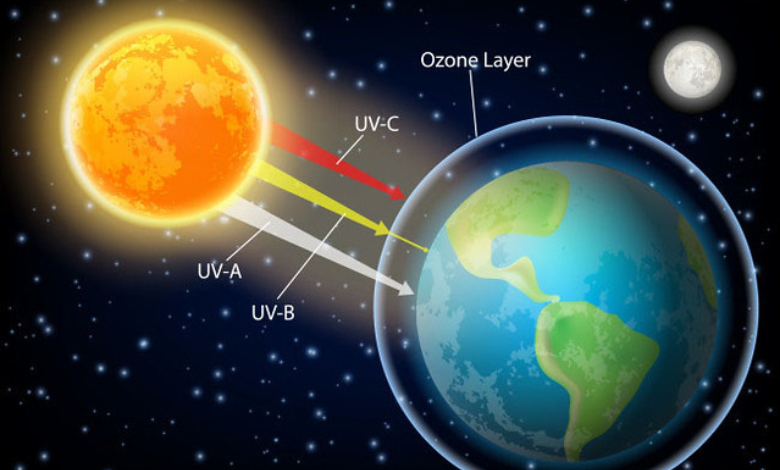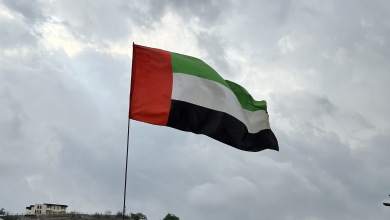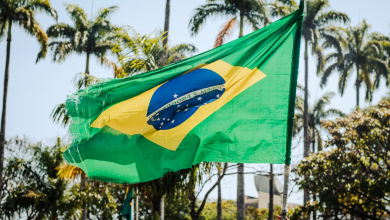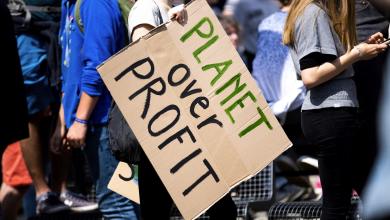Montreal Protocol does its job! International efforts to protect ozone layer a ‘huge global success’

Signed in 1987, the Montreal Protocol is an international treaty aimed at phasing out ozone-depleting substances found primarily in aerosol sprays, air conditioning and refrigeration. The phase-out plan includes both the production and consumption of such substances.
Earth’s ozone layer is a shield protecting life on the planet from harmful levels of ultraviolet rays from the Sun. Interestingly and fortunately, international efforts to protect the layer have been a “huge global success”, according to a study published in the journal Nature Climate Change.
Scientists recently revealed that atmospheric levels of hydrochlorofluorocarbons (HCFCs), harmful gases responsible for holes in the ozone layer, have been declining faster than expected. Levels of the substances peaked in 2021 – five years ahead of projections.
CFCs, HCFCs are also dangerous greenhouse gases
The most harmful chlorofluorocarbons (CFCs) were phased out by 2010 in the effort to protect the ozone layer. The HCFC chemicals that subsequently replaced them are expected to be phased out by 2040, the Guardian reported on June 11, 2024.
Besides playing a significant role in harming the ozone layer, CFCs and HCFCs are also dangerous greenhouse gases. It means that their decline due to improved international efforts also aids in the tough fight against global warming.
HCFCs can last in the atmosphere for about 20 years and their predecessors have a lifespan of hundreds of years. Even once these substances are no longer in production, the past use of the products can continue to harm the ozone layer for years to come.
Treating ozone layer can address skin cancer problem
Experts have attributed the steep drop in HCFCs’ atmospheric levels to the efficacy of the Montreal Protocol, tighter national regulations and a shift by industry in anticipation of the incoming ban of the harmful ozone-depleting substances.
In 2023, the UN Environment Programme estimated that it could take 40 years before the ozone layer would recover to levels before the hole was first detected in the 1980s. There is no doubt that stronger and collective international efforts is the key to making things better.
The decline in HCFCs is also a positive development in terms of rising skin cancer cases across the globe. Recently, Jonas Brother Kevin Jonas took to Instagram to share his skin cancer diagnosis, stressing the need to “get your moles checked”.



